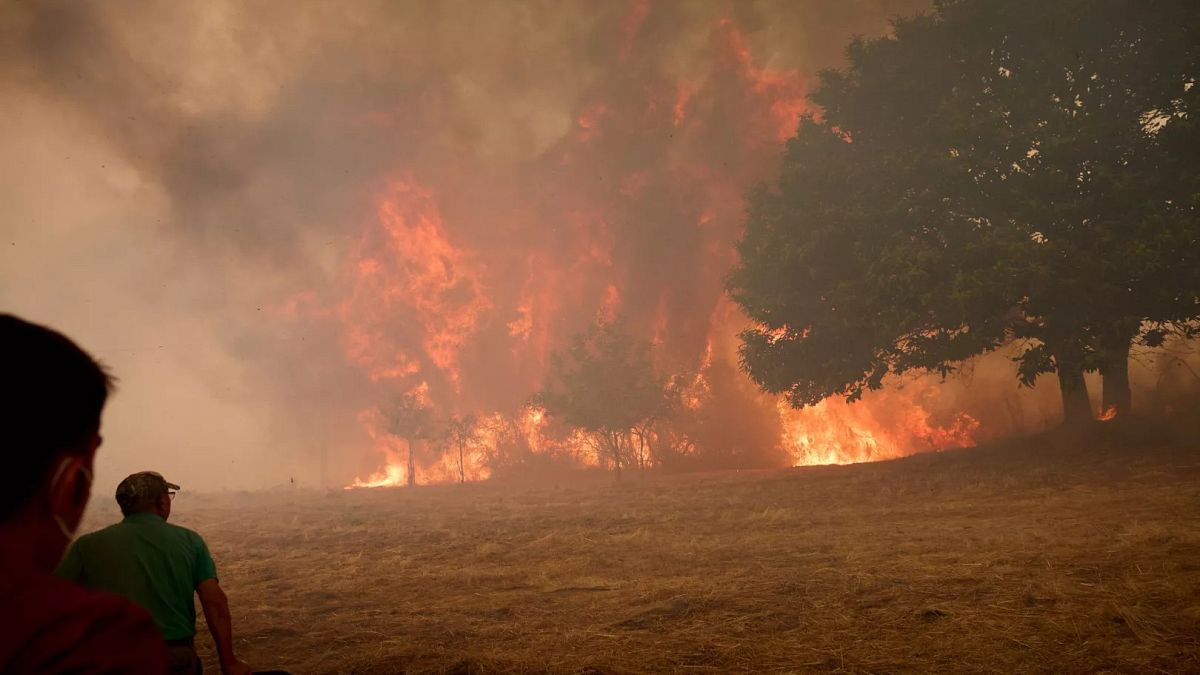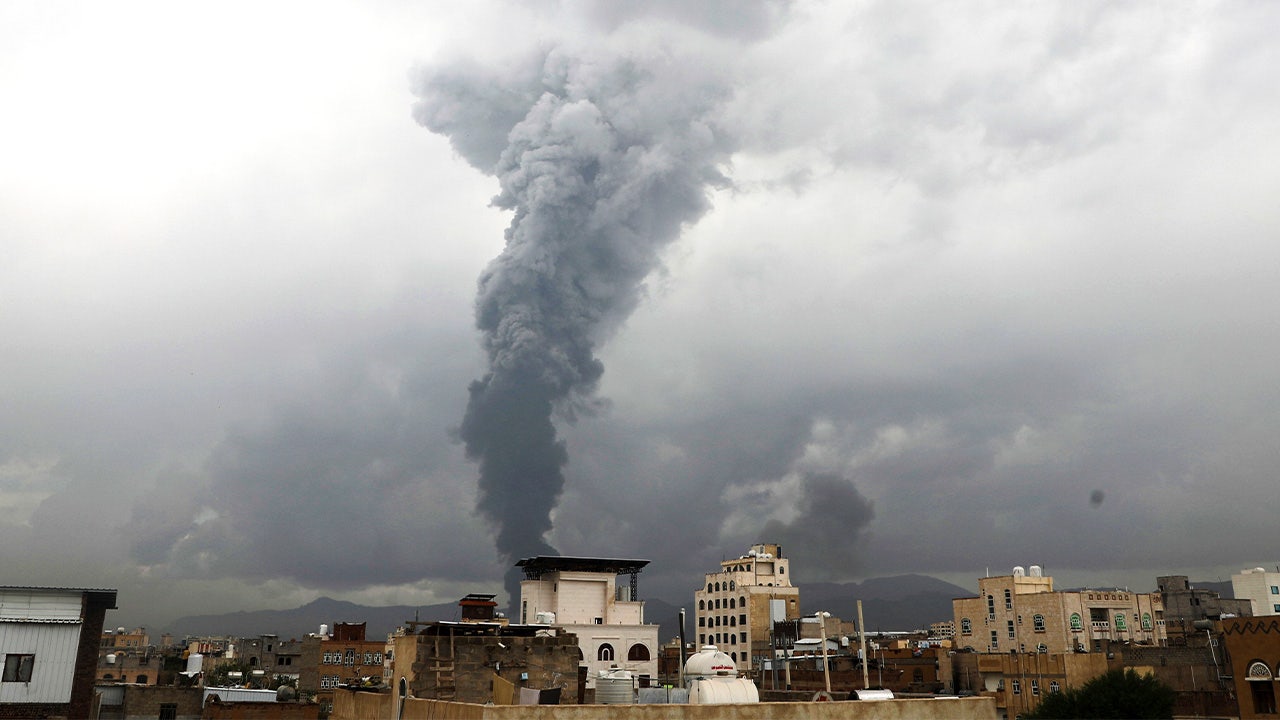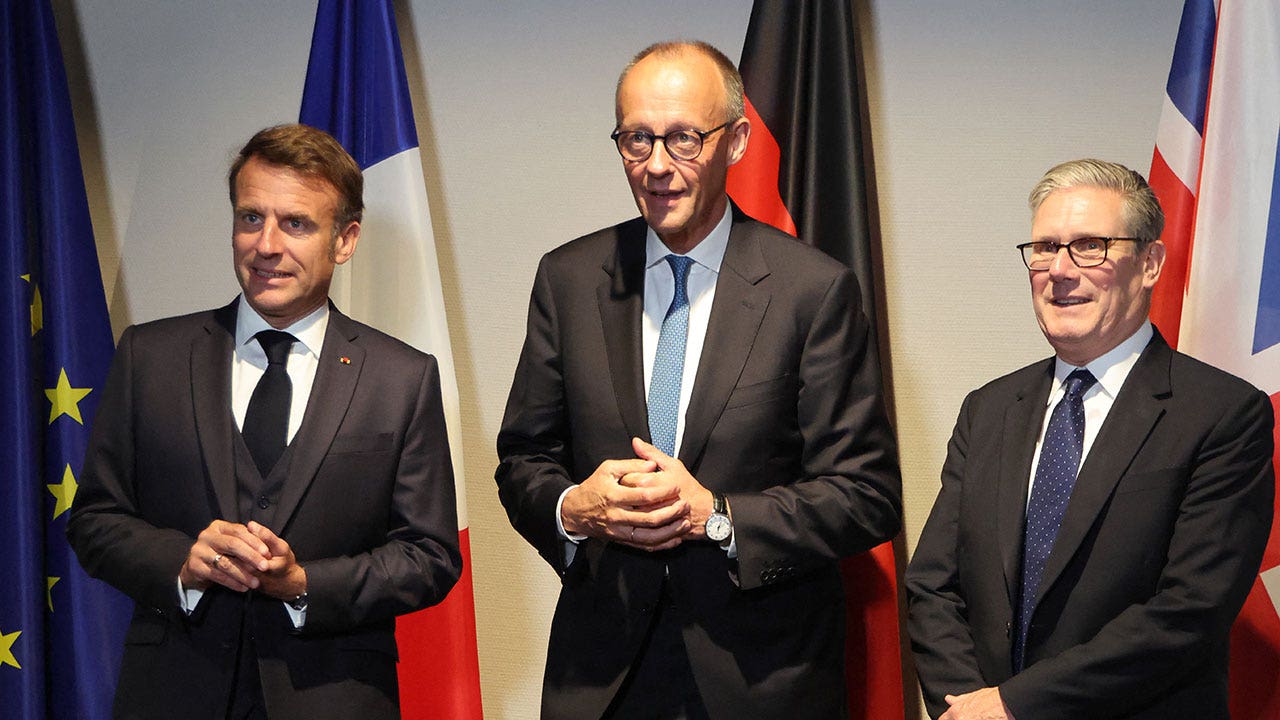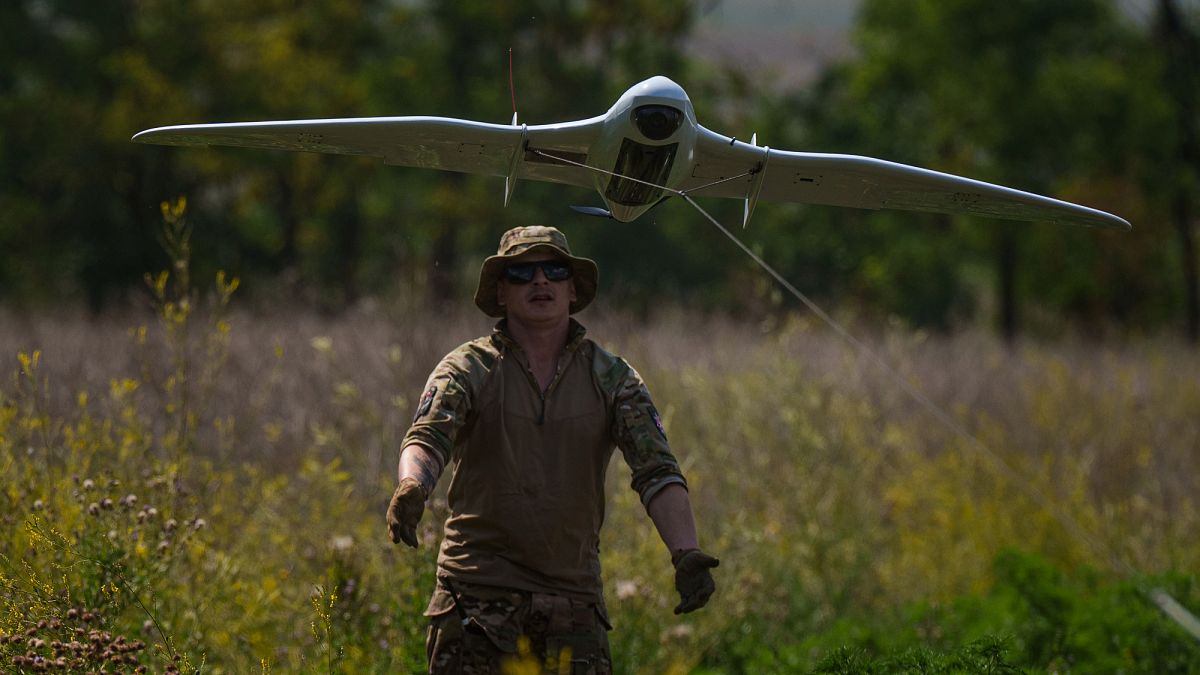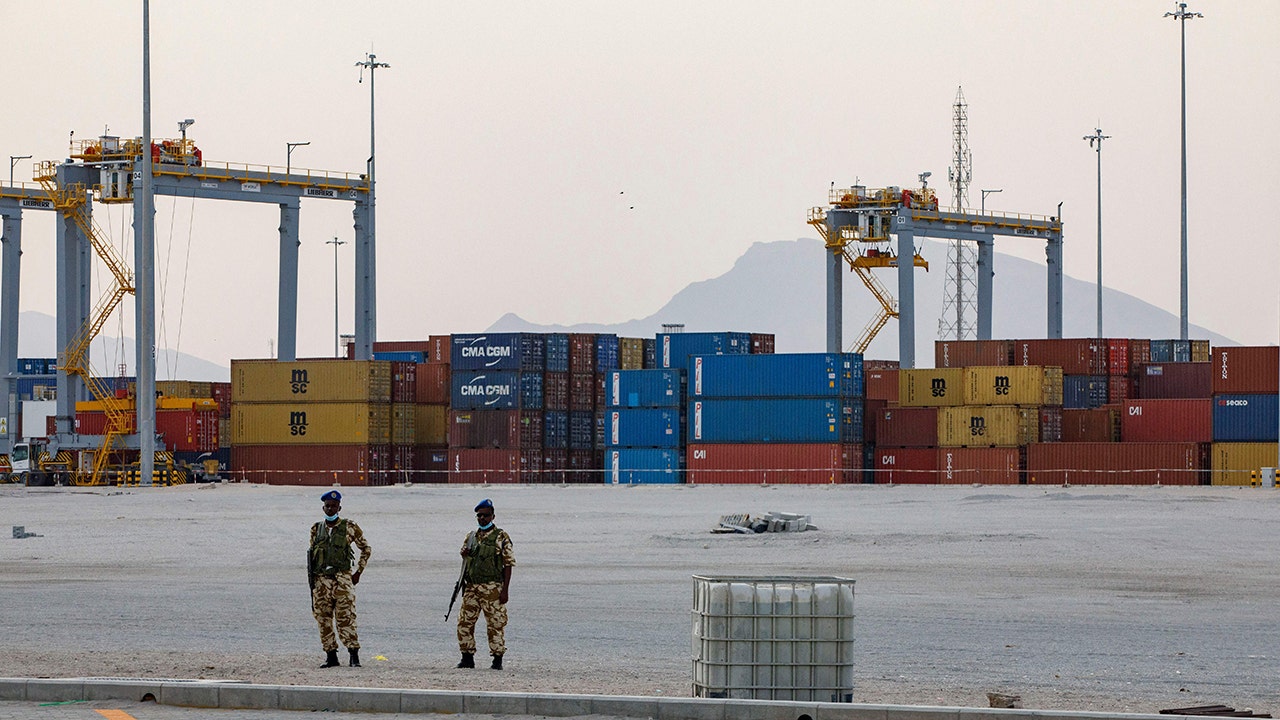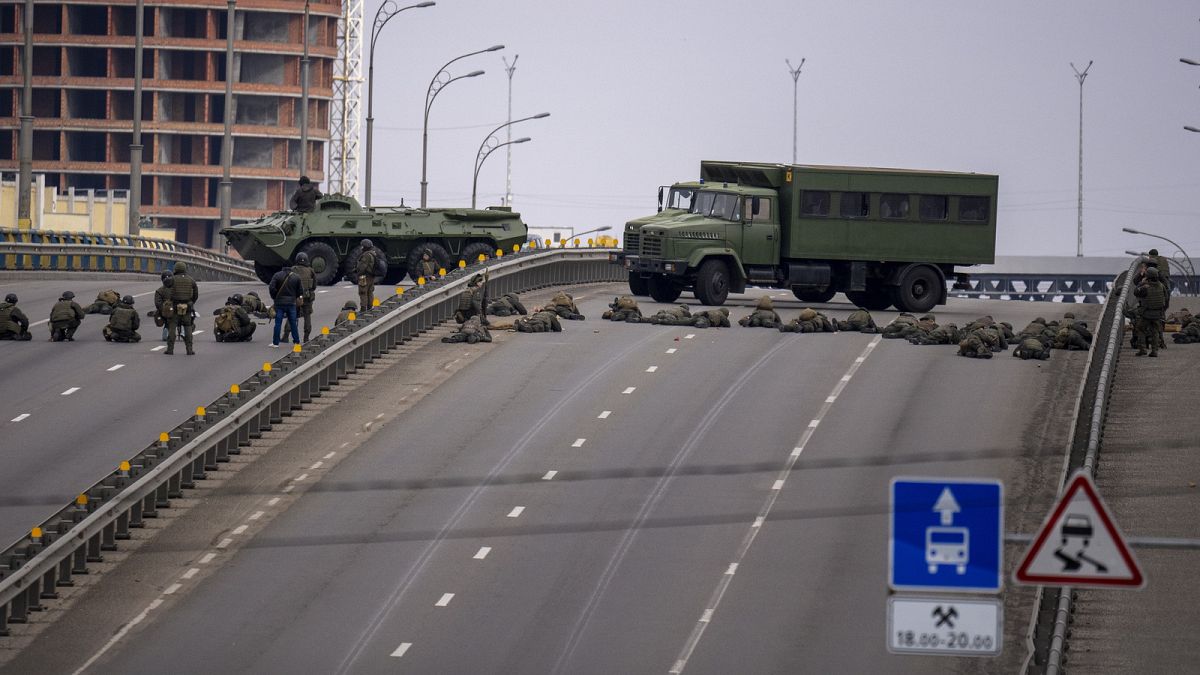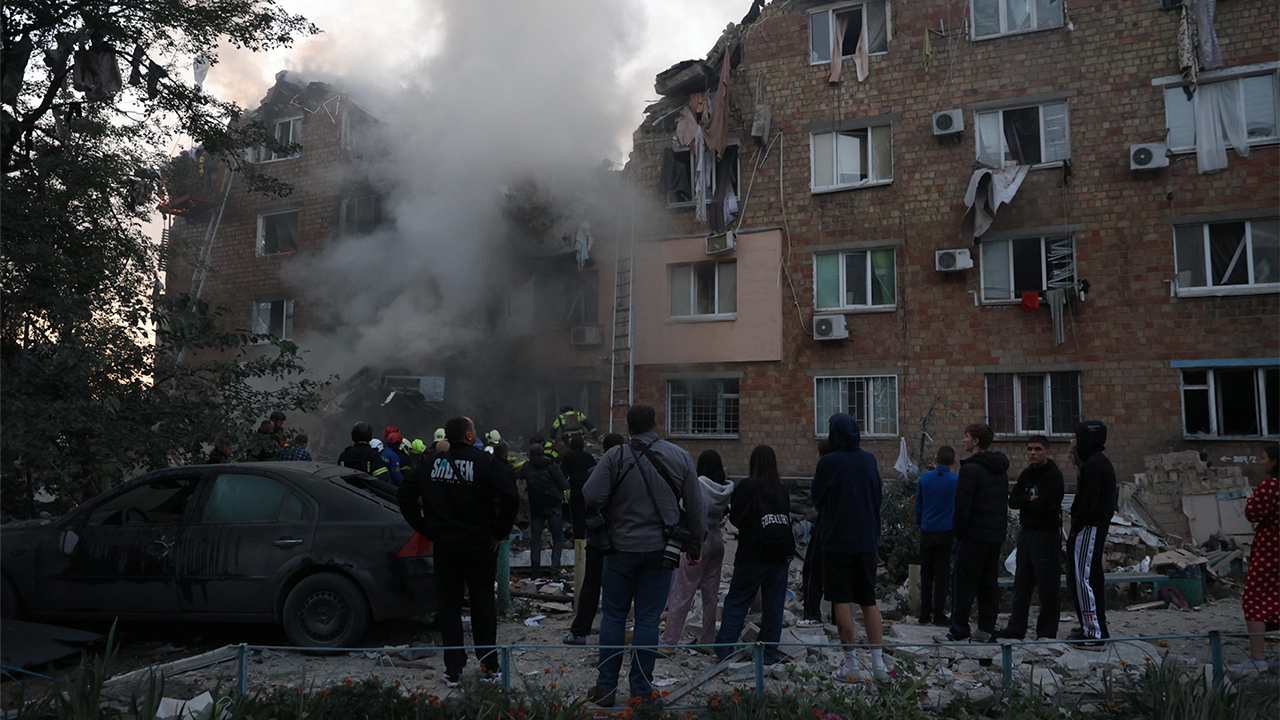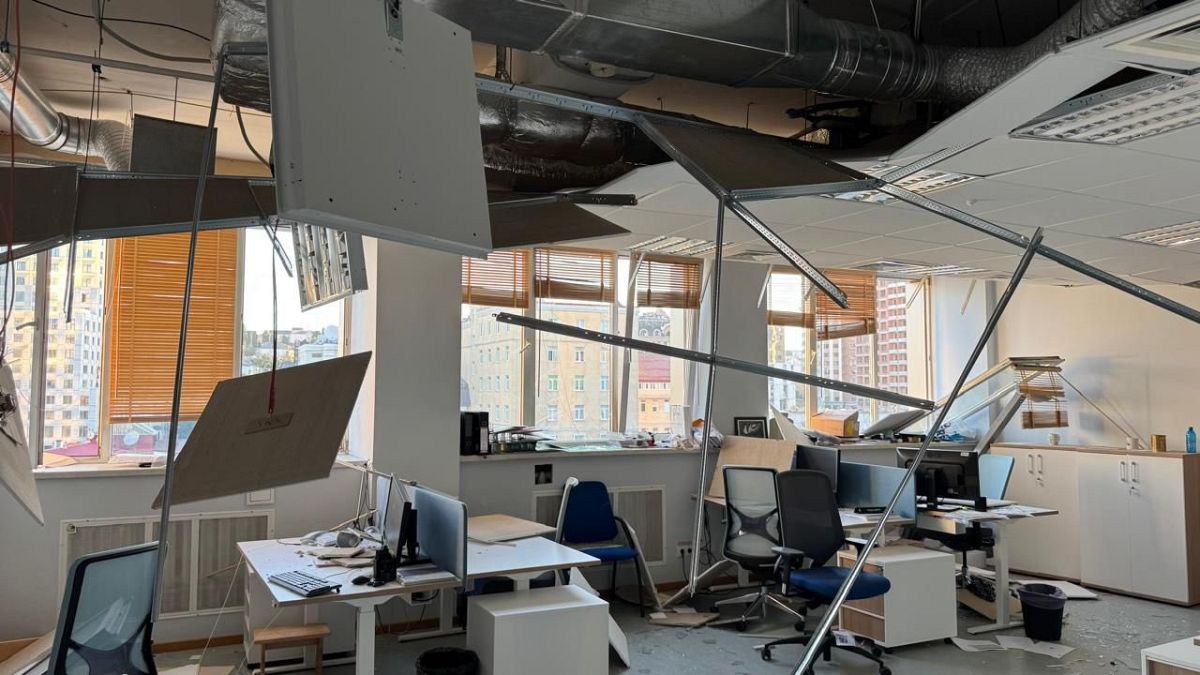Published on
ADVERTISEMENT
In Europe, the 2025 wildfire season has broken records for the amount of land burnt.
More than a million hectares has gone up in flames in the EU so far this year, a larger surface area than the entirety of Corsica. That’s more than four times as much as last year.
In total, more than 1,800 forest fires have been declared, emitting more than 38 million tonnes of CO₂.
Out of the European Union’s 27 member states, only the Czech Republic, Estonia, Lithuania, Luxembourg and Malta have reported no wildfires.
At the top of the list, Italy and Romania recorded more than 450 blazes each.
However, the countries that have suffered the most damage are not necessarily those that reported the most fires.
Cyprus, for example, reported only three fires, but they were particularly devastating.
Since the first of January, more than 400,000 hectares have burnt in Spain and more than 260,000 hectares in Portugal. That is equivalent to 3% of Portugal and 0.8% of Spain’s total land mass.
“Many of the fires we have monitored and observed are occurring where climate anomalies show that it is much drier than average and warmer than average,” Mark Parrington, a scientist at the European Centre for Medium-Range Weather, told Euronews.
“Where hot, dry winds are blowing, any ignition can ignite very quickly on a large scale and become very intense,” Parrington added.
Climate change fuels fire risk
Experts have sounded the alarm that climate change is to blame for this year’s more aggressive wildfire season.
Alexander Held, a fire management specialist at the European Forest Institute, explained that a combination of different factors are needed to spark a fire, including weather conditions, topography, vegetation, biomass and fuel.
However, Held stressed that “the prerequisite for everything to happen is the weather”.
“Climate change scenarios provide the perfect envelope for all the other factors to work together to produce a perfect fire day or a perfect firestorm,” Held told Euronews.
Such conditions are only set to become more common in the future, Held warned, putting strain on firefighting resources.
“Our fire-fighting system is reaching its limits, and the only thing we can do is prepare the landscape, making it more resilient and better prepared. That way, firefighters will have a chance to work safely and efficiently,” Held said.
One technique is to reduce vegetation through clearing, grazing or controlled burning.
Other approaches include agroforestry systems that combine agricultural production and trees in the same location.
Read the full article here







